Idlib, a province in northwestern Syria, is where various Islamist factions—most notably Hay’at Tahrir al-Sham (HTS)—began to gain significant power around 2013. Over the years, they consolidated their rule and introduced Islamist laws. In December 2024, it was from Idlib that HTS, under the now-President Al Shaara, rolled through the rest of Syria within a matter of weeks.
During my trips in 2019 and 2023, Idlib was off-limits, as the Syrian government had no control over the region. In March 2025, I traveled through the Idlib region, which includes stunning historic sites such as the “Forgotten Cities,” the abandoned mosaic museum in the city of Maarat al-Nu’man, and the city of Idlib itself—the capital of Dschoulani’s mini-caliphate.
All in all, my encounters with locals were pleasant, but they left me confused because of the mind-boggling contradictions I was faced wit
When I took the night bus from Damascus to Aleppo in March 2019, we couldn’t even use the M5 motorway that connects the two cities. The al-Nusra Front or whatever the name of these groups were back then, was too close. The Syrian army had built a bypass road, which we took instead, traveling all night from Damascus. The journey was, of course, much longer than the usual 450 km on the M5.
By 2023, we were able to take the motorway, but between Homs and Aleppo, small mounds lined the sides of the M5. These were built by the Syrian army to stop bullets from hitting passing cars.
In 2023, a guy on the bus had a Turkish simcard in his mobile phone and picked up a signal when passeng Idlib. Turkey’s influence had reached the region in various ways, the Turkish Lira was used, Turkish supplied the region with electricity, something most Syrians cities lack till today. Otherwise nobody really knew what was happening there
The first time people from outside entered the Idlib area were NGOs who came to help after the devastating earthquake in 2023. They found a society heavily influenced by Islamistic laws.
shot verschleierte Frauen
In March 2025 I finally was able to see myself what Idlib was like. By then HTS had control of all of Syria and I saw little difference between Aleppo and Idlib, in both cities a lot of women were completely invisible behind layers of clothes, sometimes not even the eyes could be seen.
And I happened to have the strangest encounters with local men. I arrived with a female guide and translator in the early afternoon, during ramadan, I had not eaten since early morning and hungrily stared into a small food stall, where they had started them preparing yummy kebab. I immediately had their attention, a toreigner in Idlib, what was I doing here? A guy pulled a small plastic table and chair inside, made me sit down and prepared the most delicious kebab. I could not believe I was in the midst of a mini-califat.
More and more people filled the small shop, they all wanted to take selfies with me, for their wives as they pointed out. Soon the talk evolved around politics and the war. A 13 year old kids came in and explained “we came here from Damascus to join the Islamist rebels to fight Assad”. I was speechless, Damascus itself was never touched by the fighting. Why would people choose to come to Ildib, where the fighting was fierce and brutal? Young kids proudly showed me photos of fighters and a young man went as far as saying that his skills as a butchers served hin well, when cutting the heads of soldiers of the Syrian army. I almost chocked on my sandwich. The niecest, warm-hearted people, who invited me in their shop, fed me – breaking the rule of Ramadan- would at the same time, make such outragious remarks.
At one point very small kid entered the shop, he was seven years old. His body was so fragile, but his face that of a much older person. He had lost his father in the war and worked in the food stall, for 3 US a day. Later people told this was not a bad salery.
The only attraction we came across was the monument on the main square, as you drive into the city. It has a huge mural dedicated to the fall of the Bashar Al-Assad regime and is a monument of victory for the opposition forces who hailed from Idlib. The mural is adorned with the date and time that the opposition captured Damascus and is accompanied by the free Syrian flag.
Driving through through this regions small villages, where the scars of the war were all too visible,

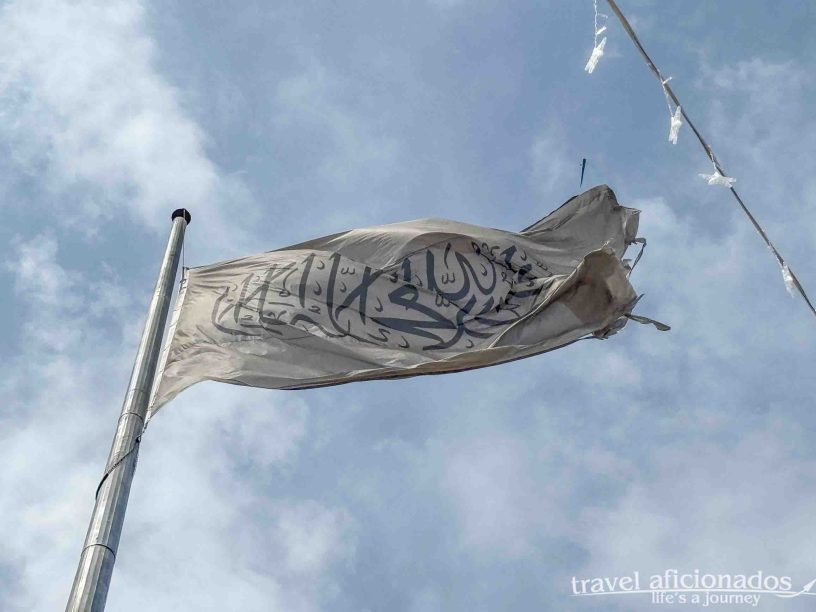
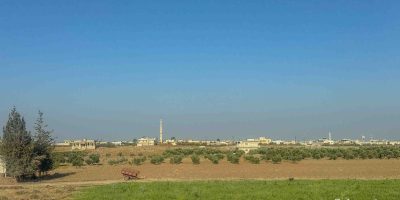
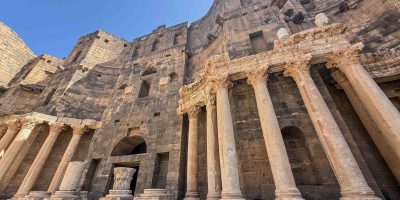
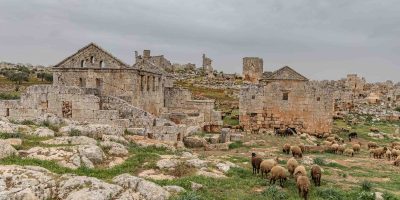
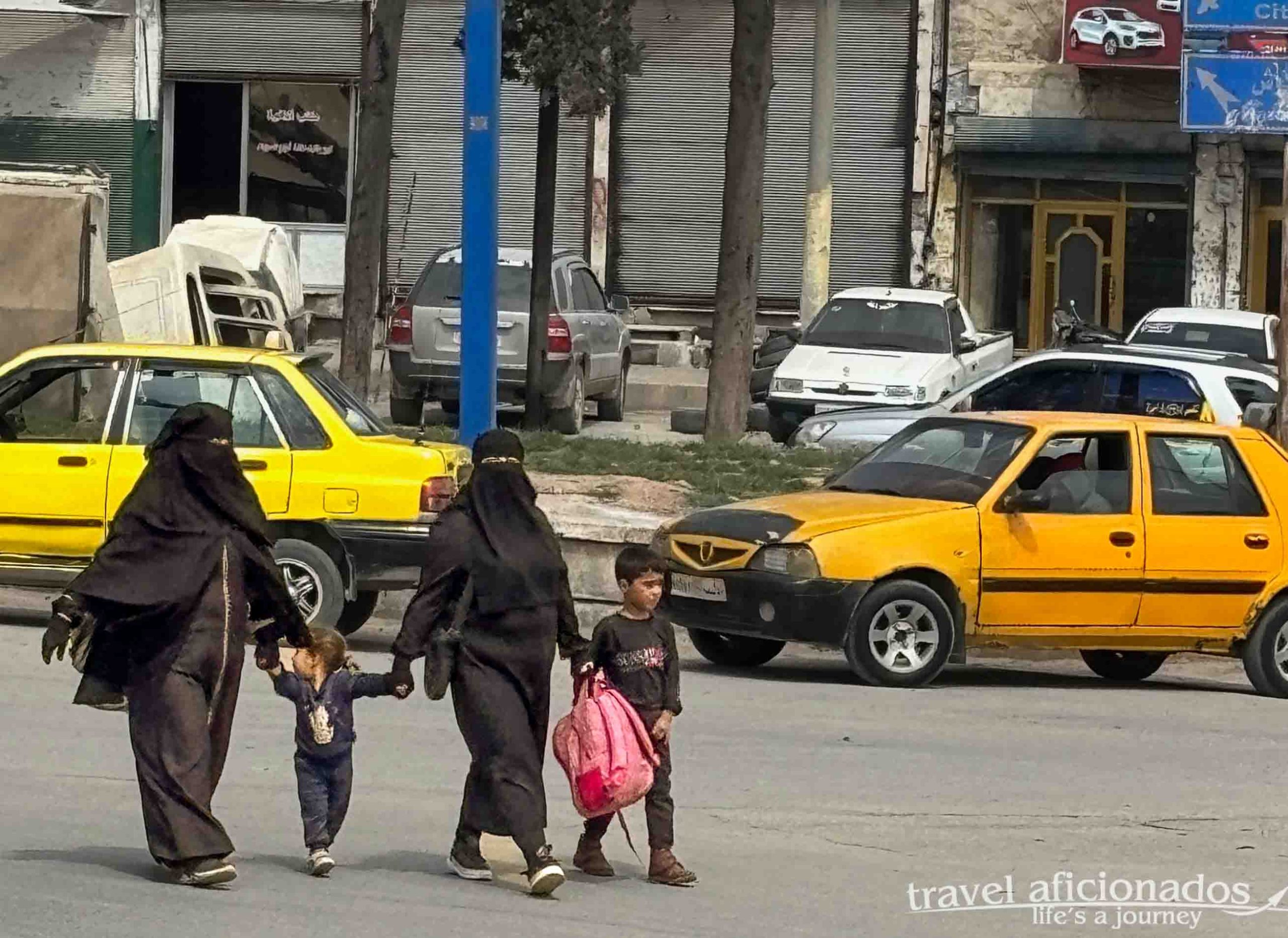
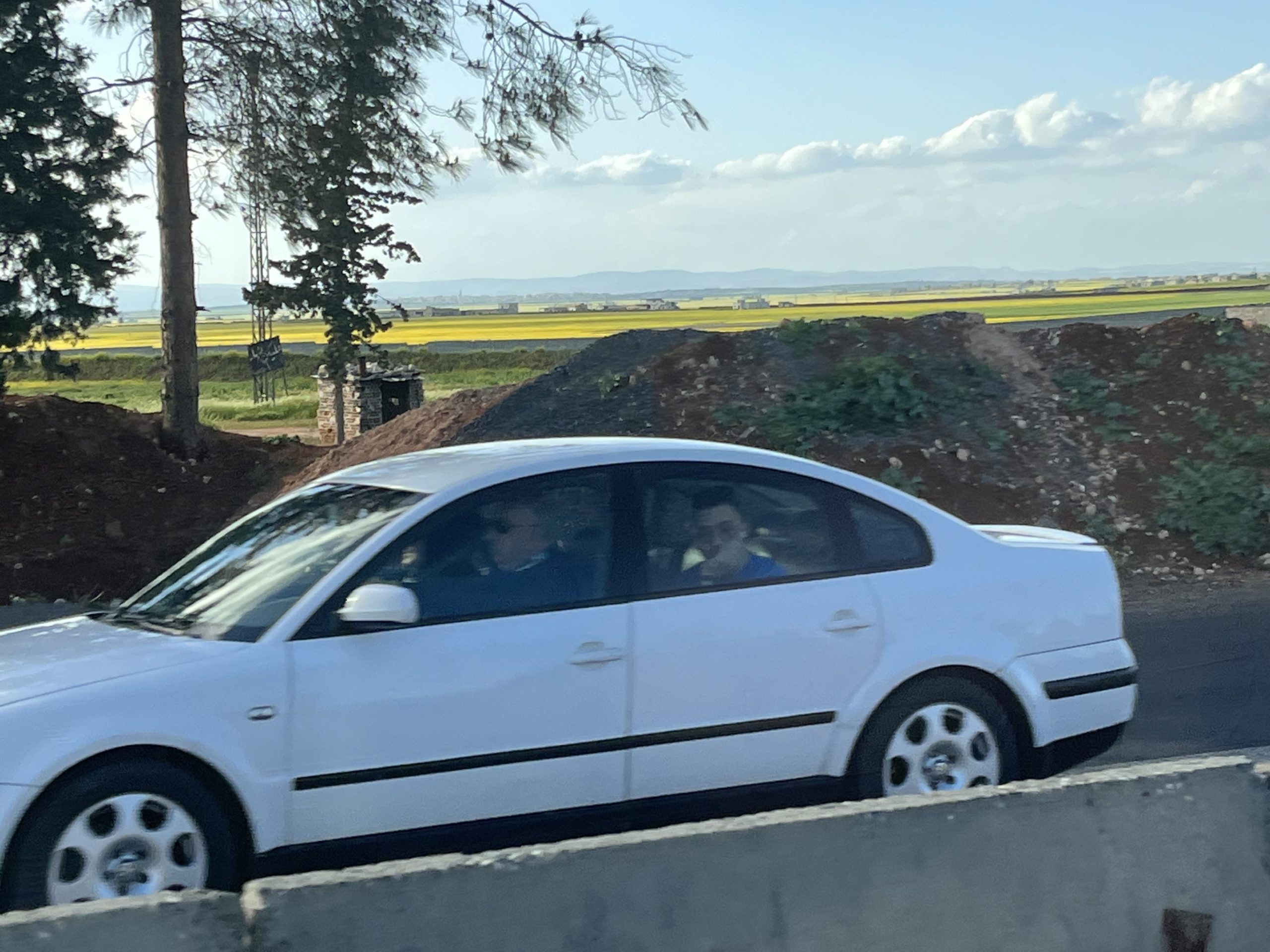
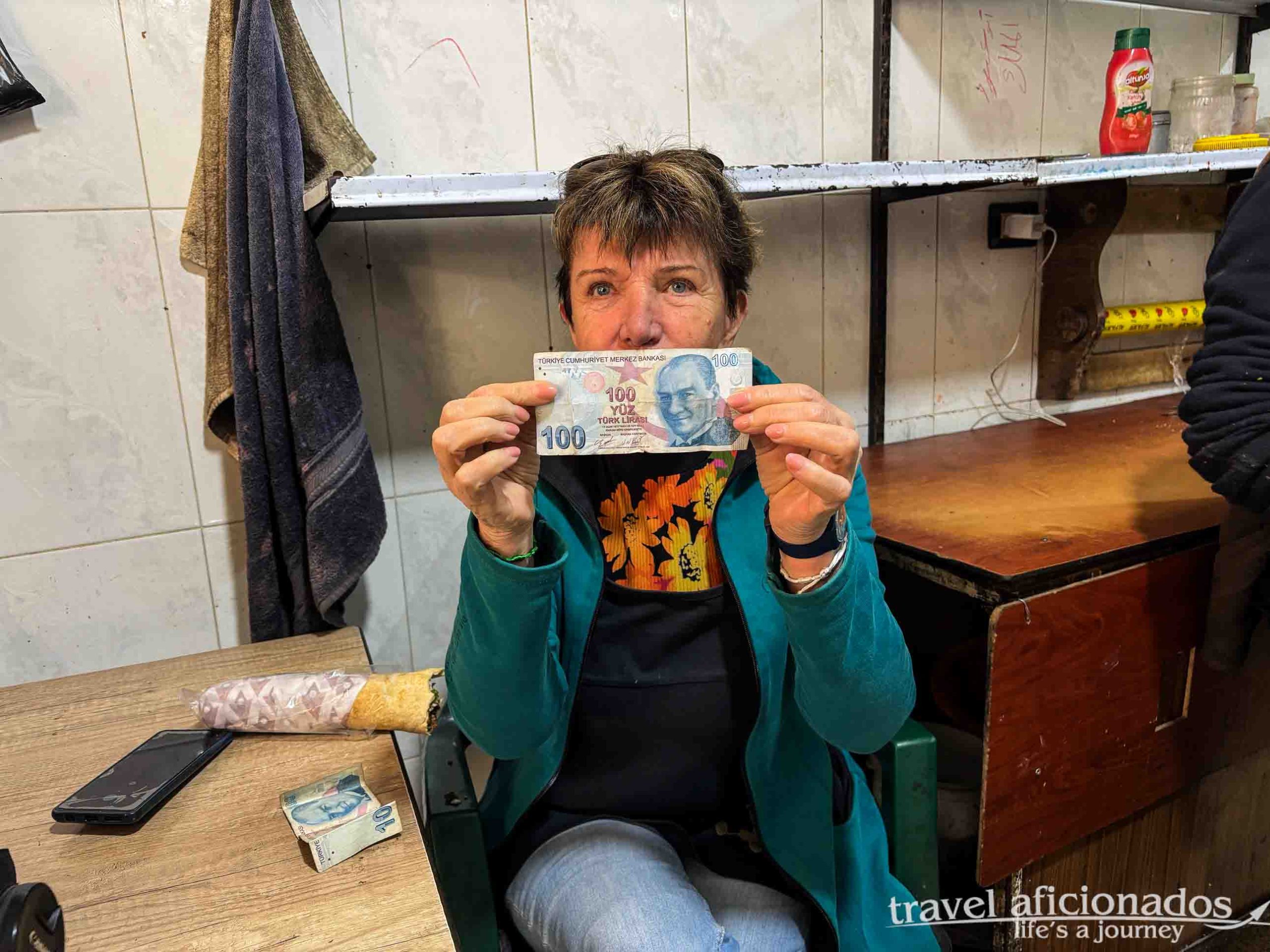
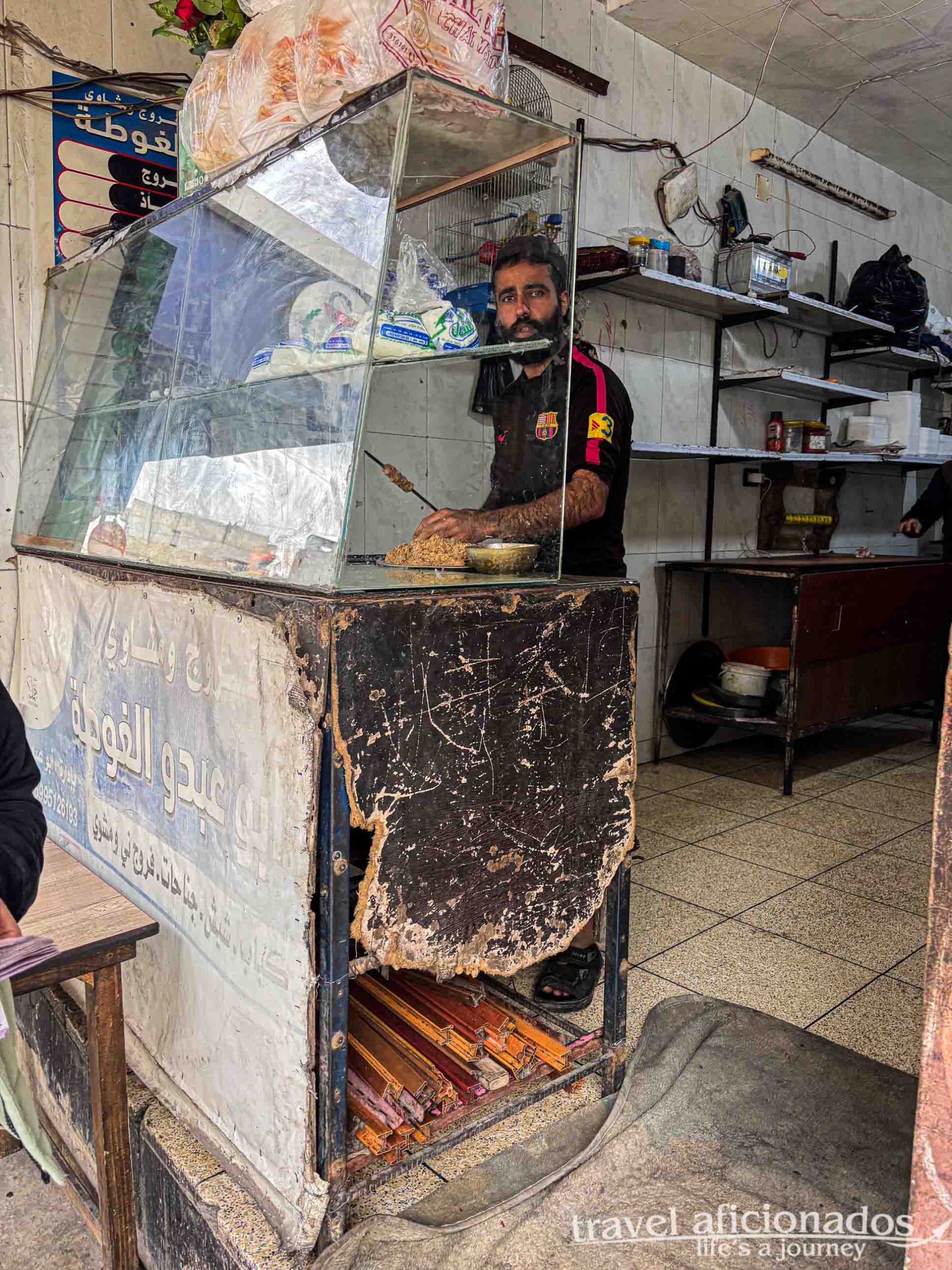
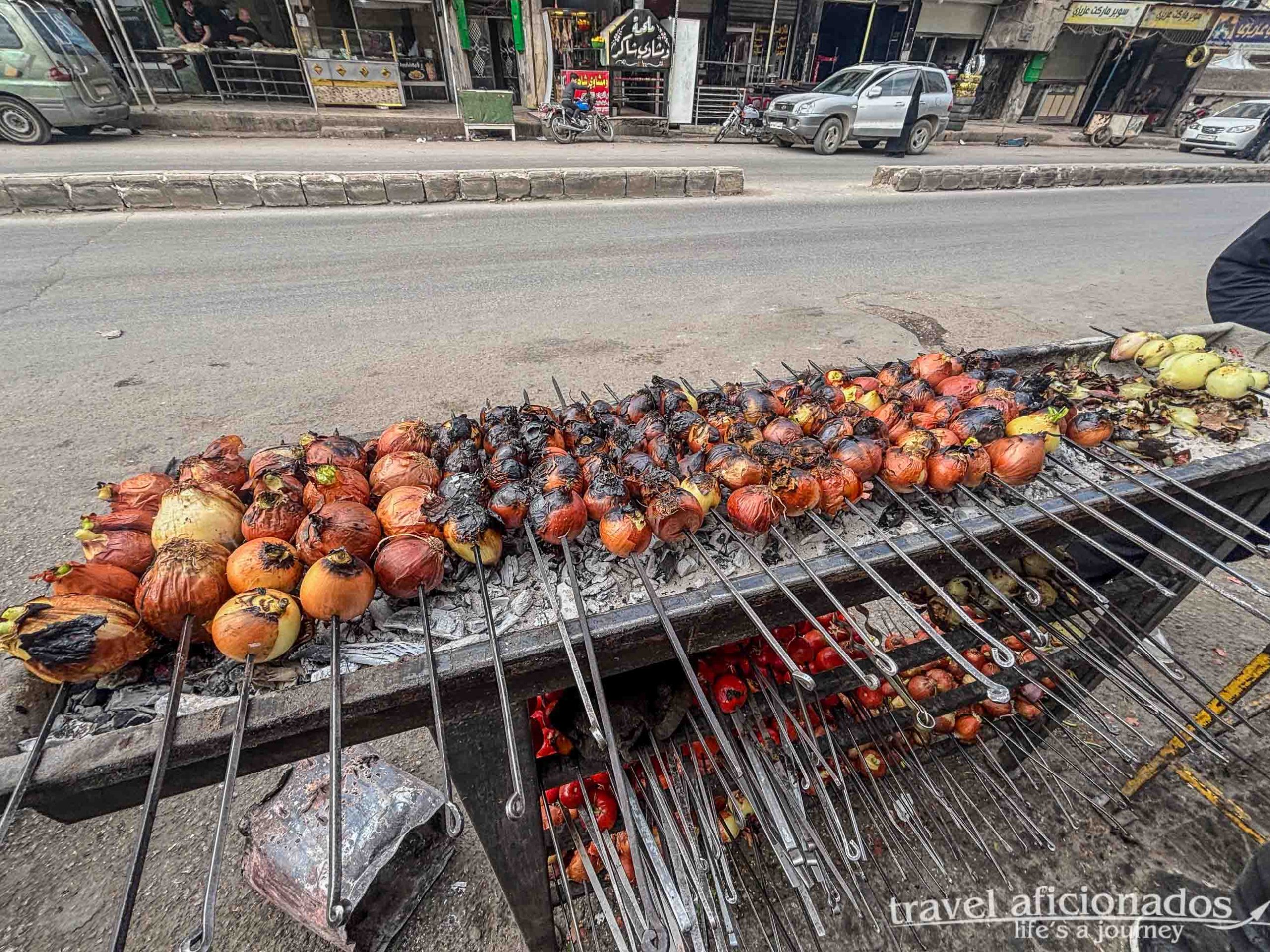
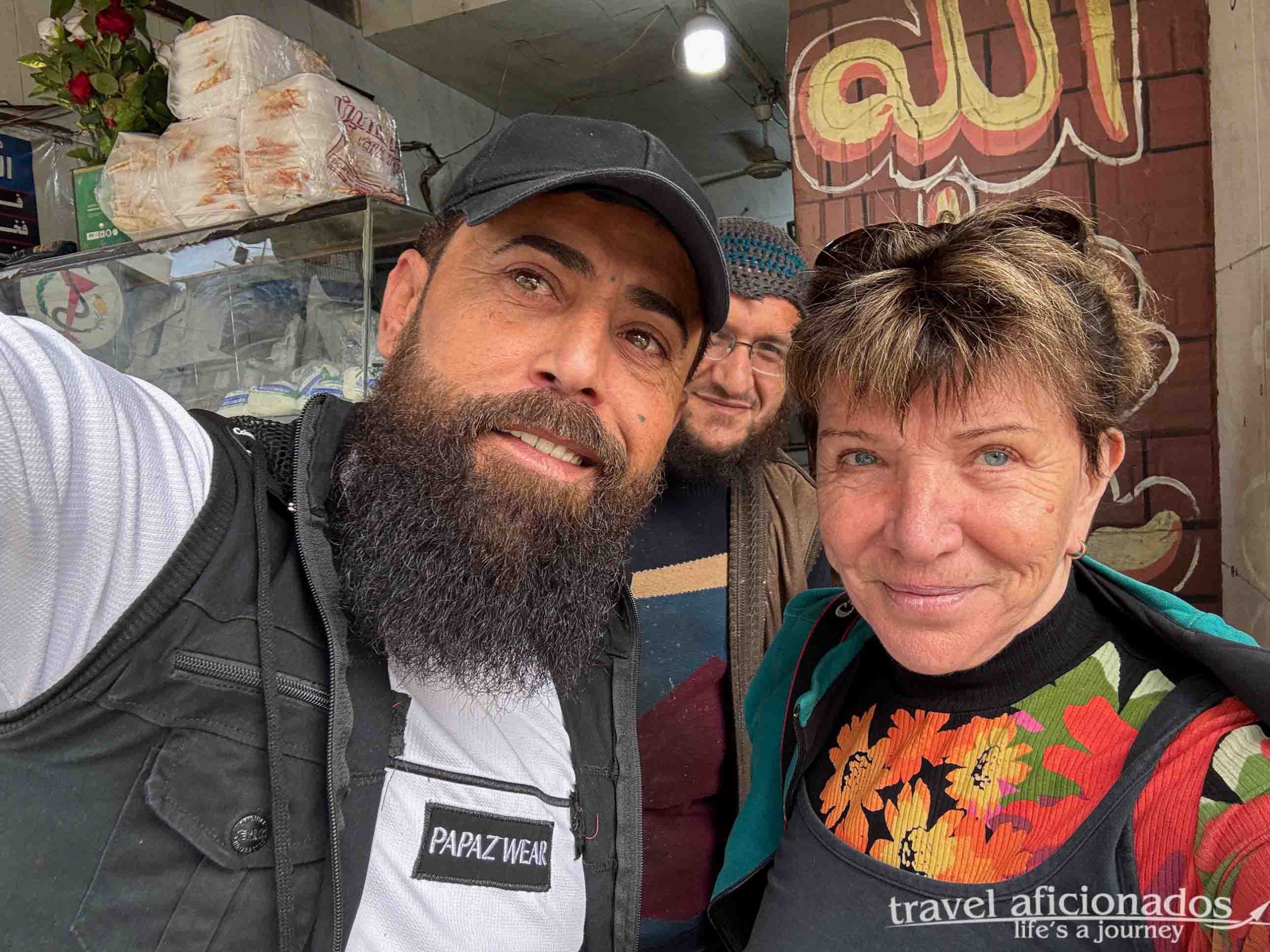
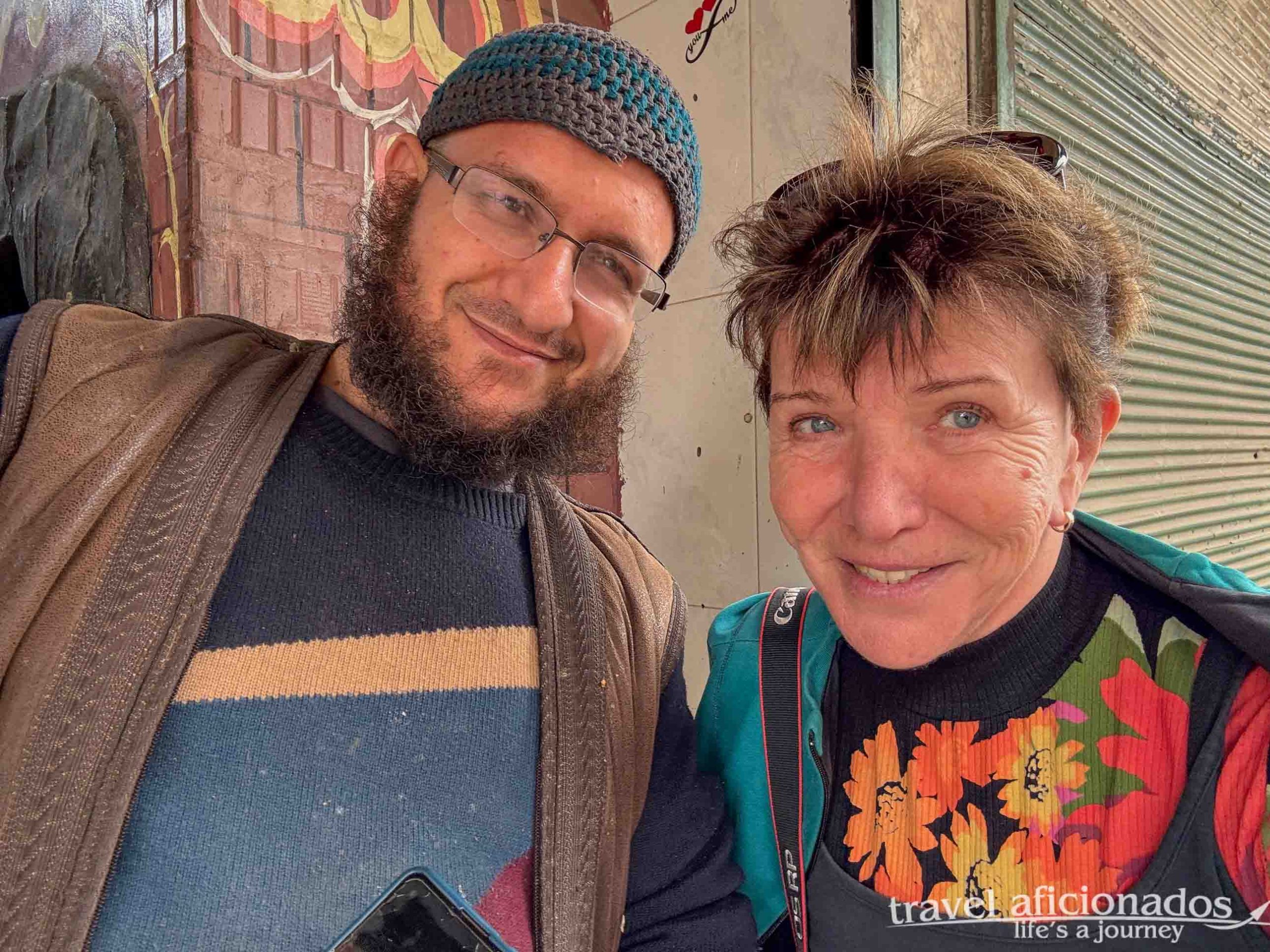
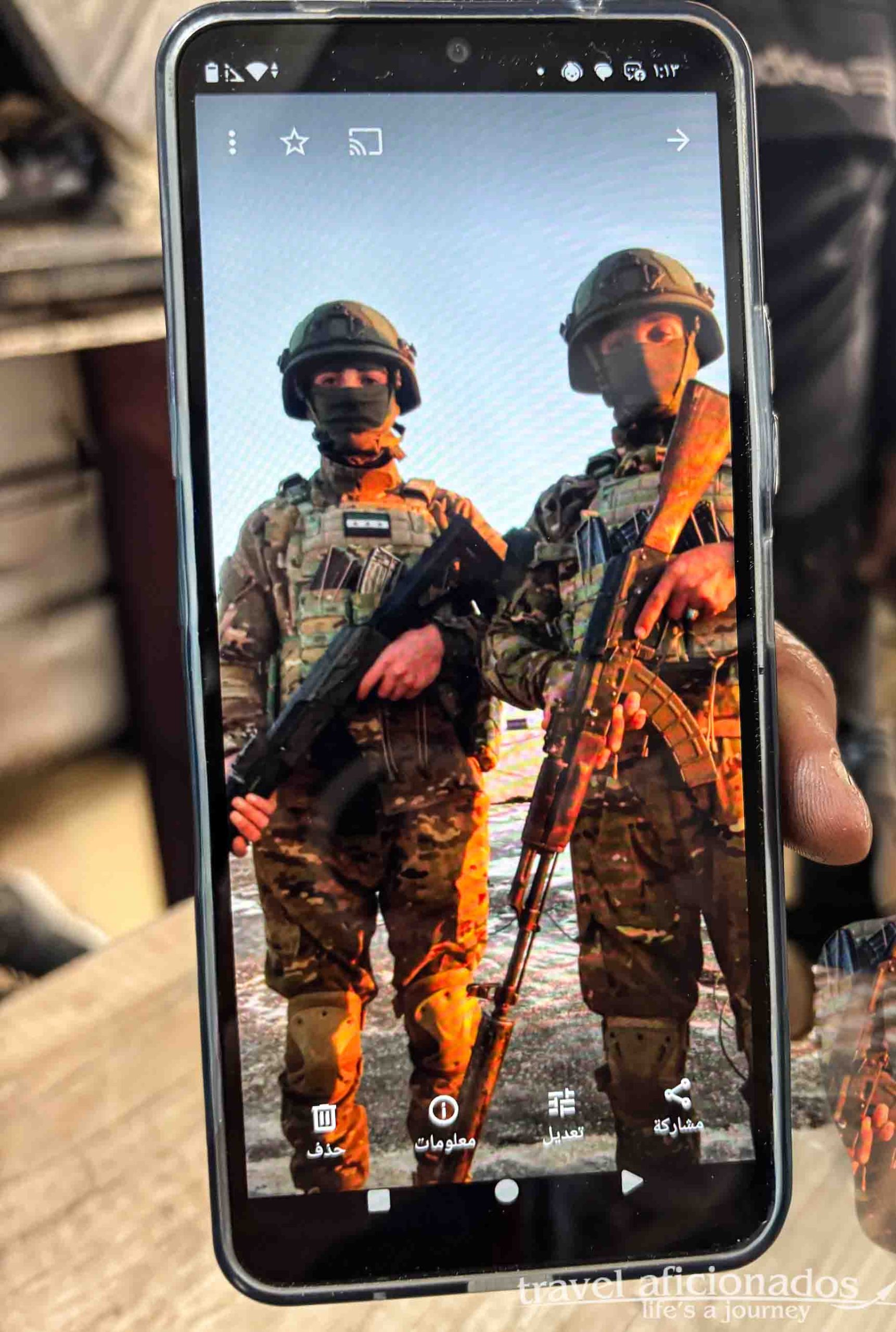
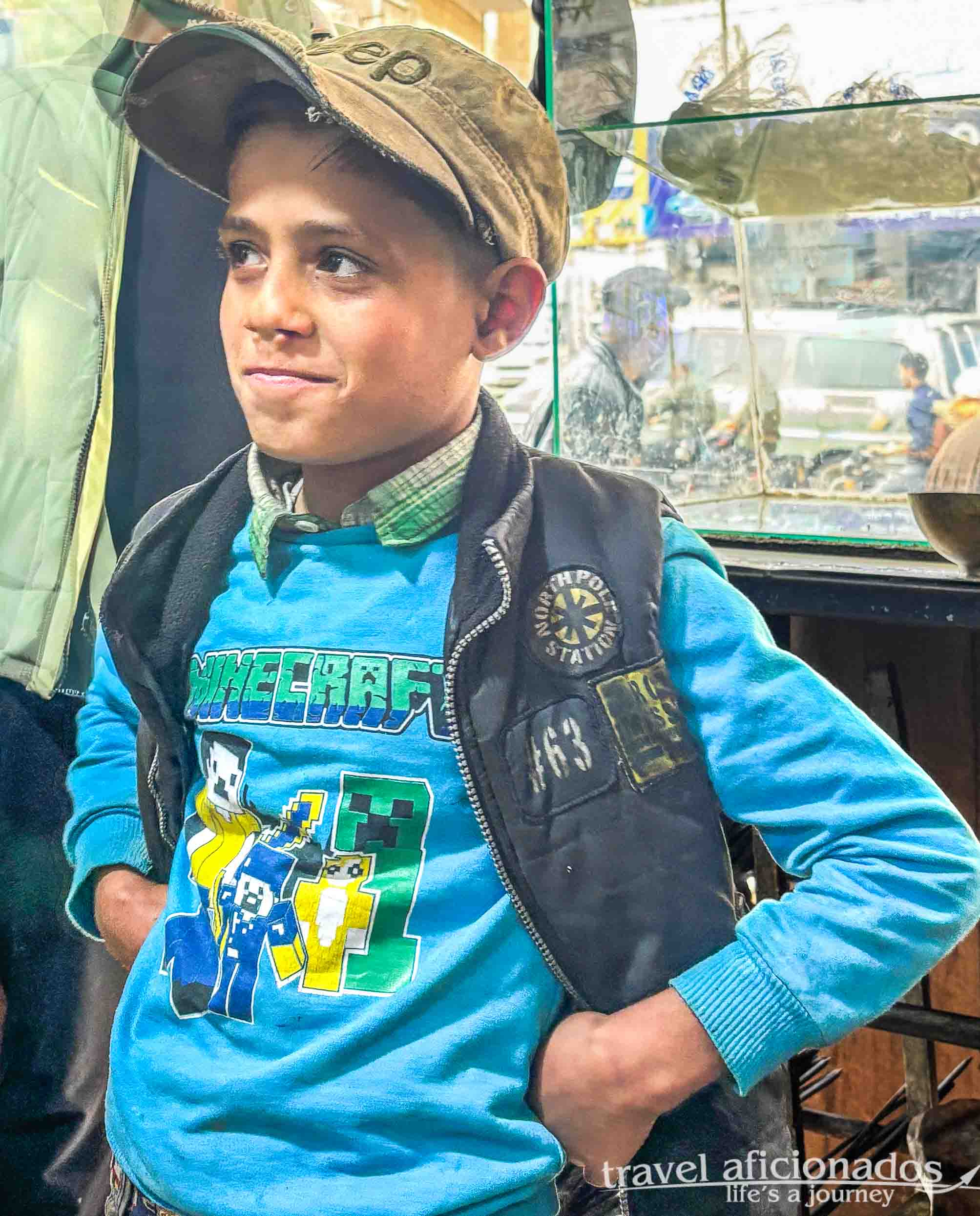
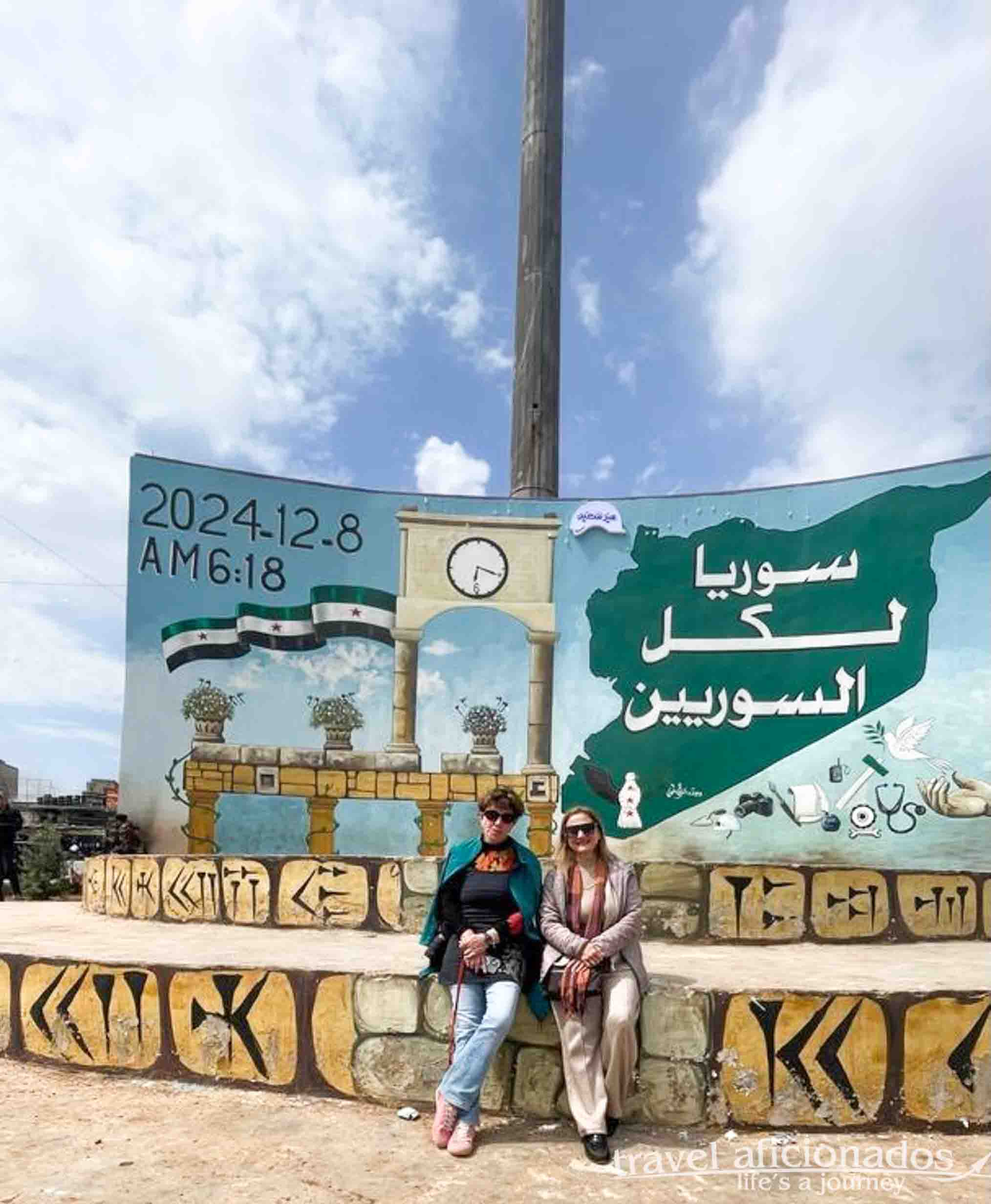
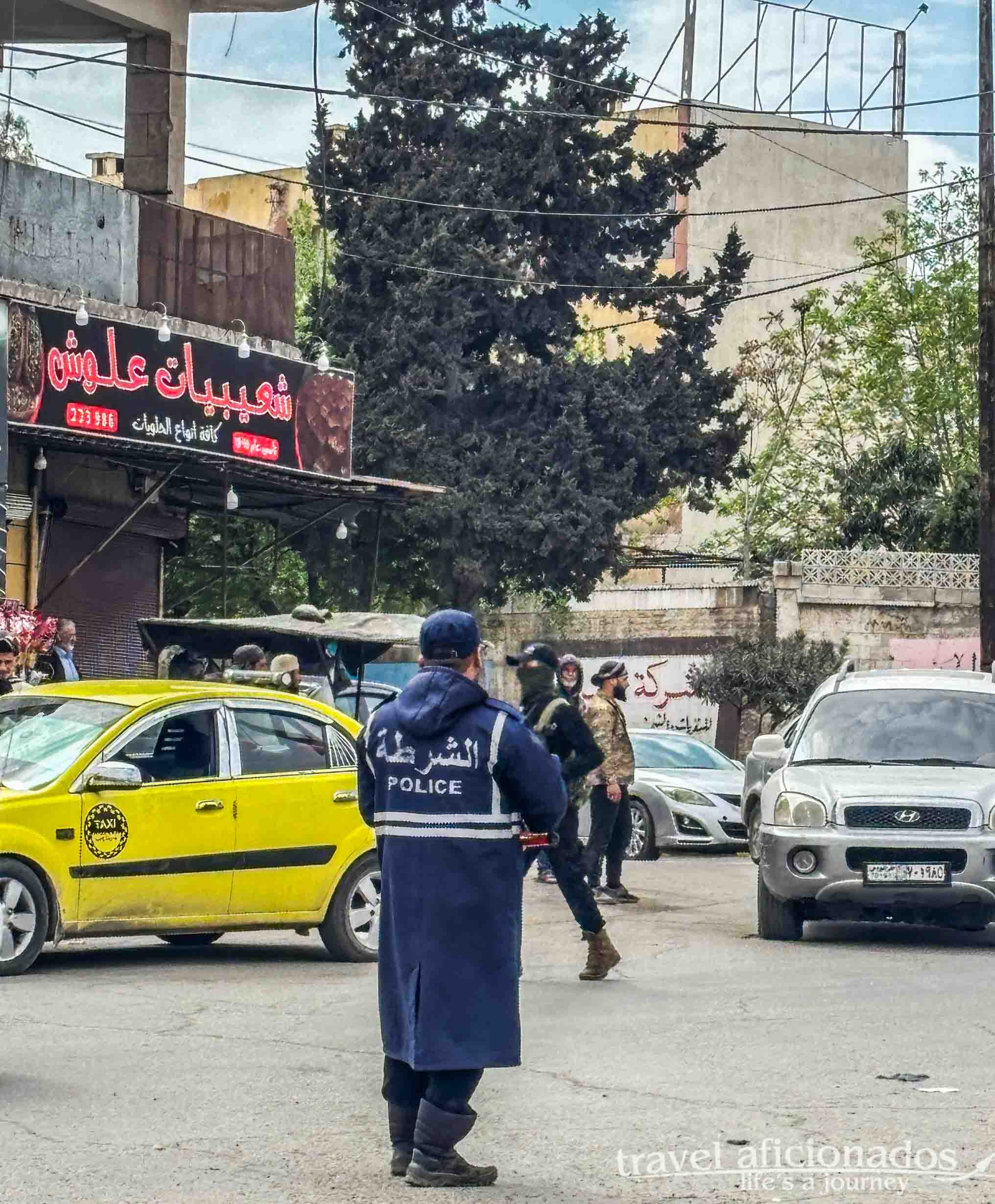
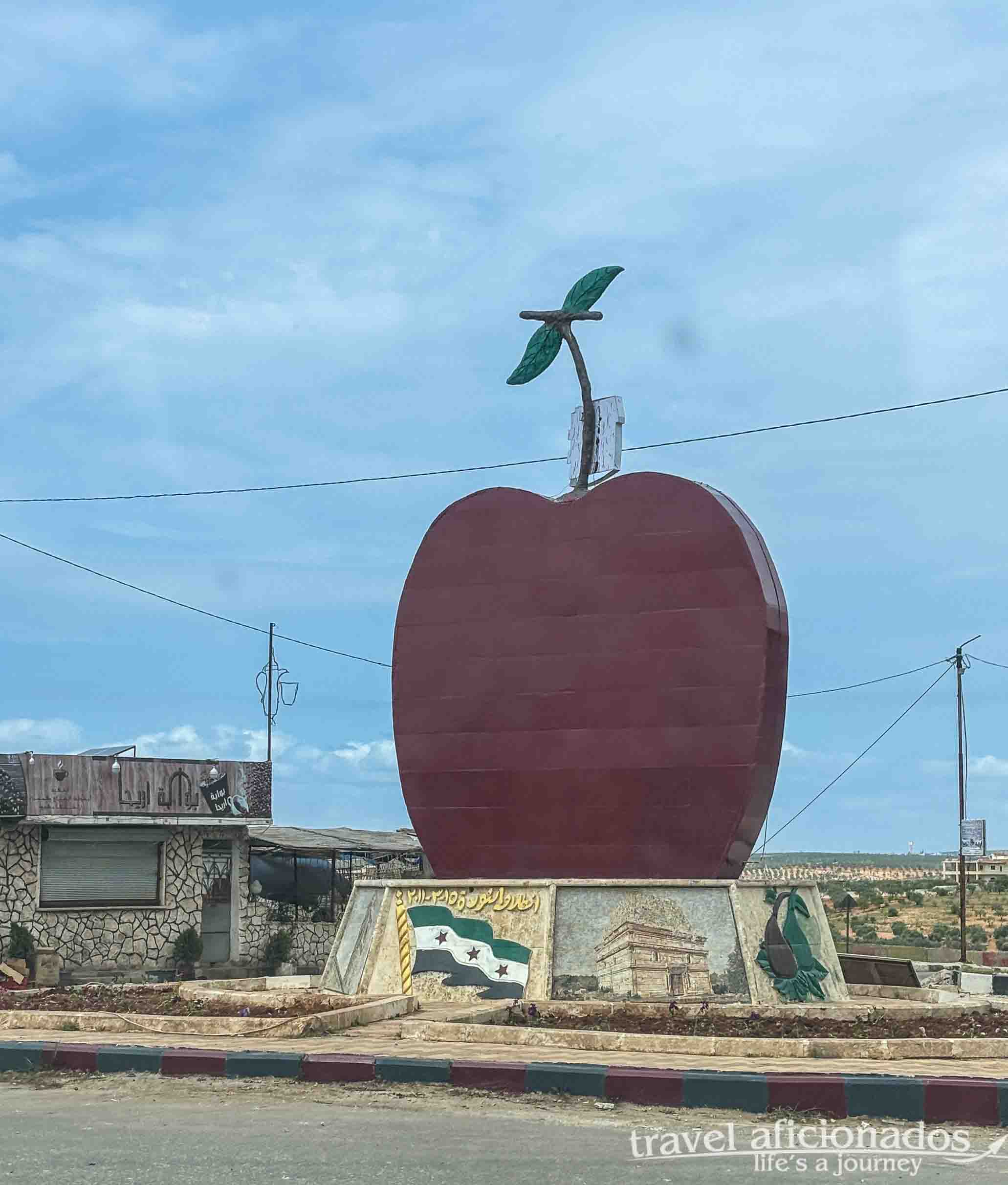
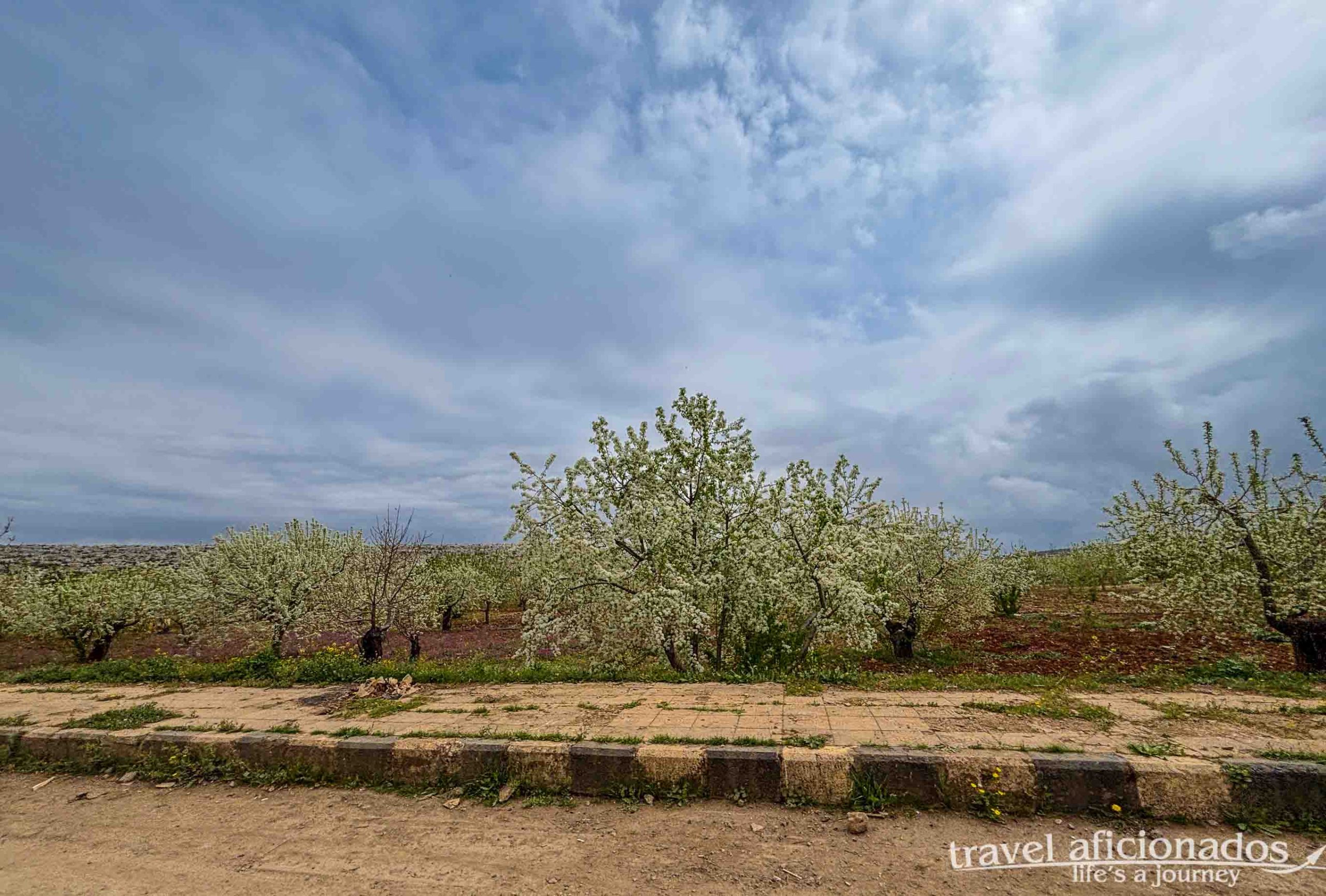
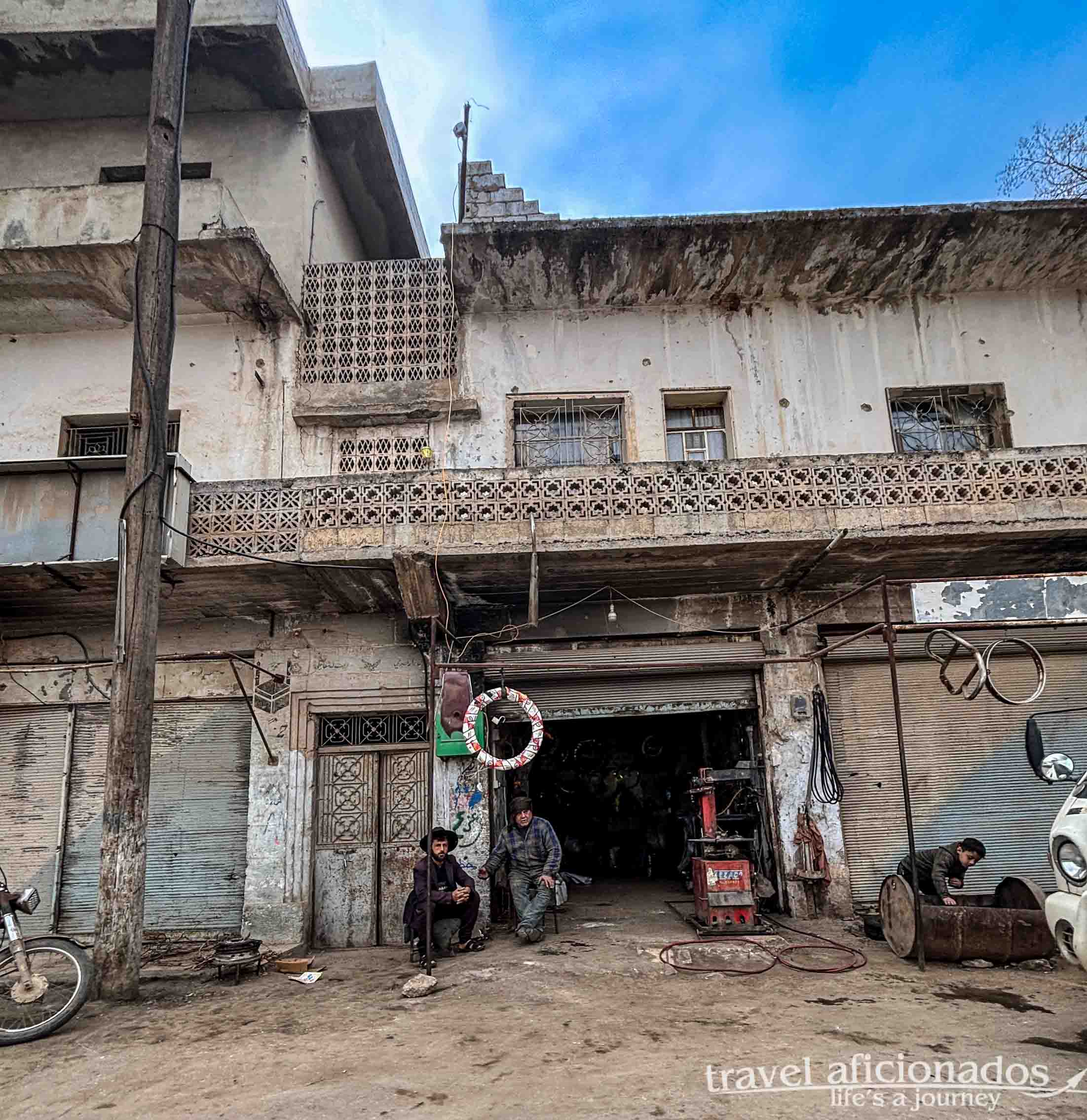
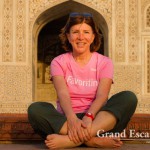
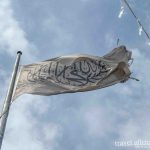
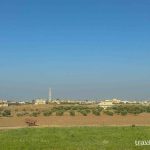
Leave a Reply